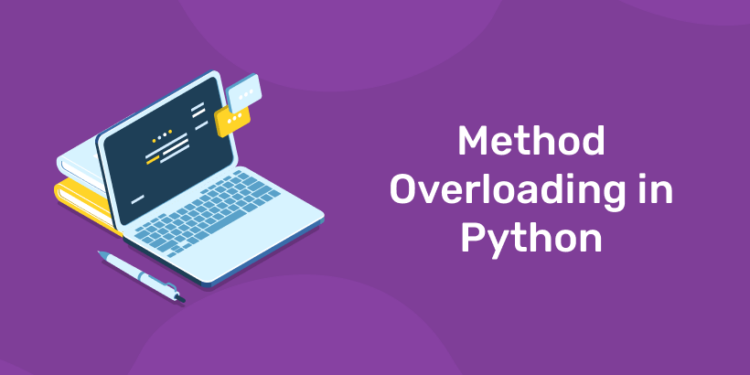Regardless of how many programming languages are currently in use or which is the dominant one, Python remains one of the favorites. When considering a second programming language to add to their resume, the majority of software developers choose it (and professional prospects that Python opens). The reason is simple: Python is extremely popular and useful. The Python coding language was designed to make coding easier. It was once only an alternative to Perl, but it has evolved into a general-purpose language with excellent code readability. It is simpler than C++ and Java and allows developers to accomplish more in fewer steps. Python uses English keywords, and it does not even require in-depth programming knowledge to get started – knowing Math is sufficient. Because of its simplicity, open-source nature, a wide range of libraries, and impressive scope, it has become the most popular programming language in the world.
“Ready to take your python skills to the next level? Sign up for a free demo today!”
Python is available for free download from the official website. Its source code is available to users, and you can modify and improve it. A large Python community supports this language and works to improve its programming features to make it even more useful. This language includes extensive libraries of ready-to-use modules and functions that have been thoroughly tested and polished. When working with Python, you can refer to those libraries as needed and save time by using ready-made modules. You don’t have to write your code from scratch because you can use the library elements. One of Python’s most important features is object-oriented programming (OOP). It suggests combining data and functions into a single unit that can work together.
Overloading in Python
Overloading refers to the ability of a function or an operator to behave differently depending on the parameters passed to the function or the operands on which the operator acts. Overloading a method increases its reusability. Instead of writing multiple methods with minor differences, we can write one method and overload it. When used across inheritance boundaries, overloading can confuse. When used excessively, managing overloaded functions becomes difficult. Overloading also enhances code clarity and reduces complexity.
So you’re writing a program that needs to multiply two numbers. You want to write a function or method for it to make it more readable. You simply write a function that multiplies two numbers. However, you discover later in the program that you must also multiply three numbers. Alternatively, you may require a function that can multiply any number of arguments given. A user might want to multiply two numbers, three numbers, four numbers, and so on. It is possible that at some point you will not only want to multiply two numbers, but also two floats or a float and a number. Let’s look at two examples. The first option is to create multiple functions such as multi two (to multiply two numbers), multi three (to multiply three numbers), multi four (to multiply four numbers), multi float (to multiply float), and so on, or you could create just one function named multi, which is capable of accepting a variable number of parameters or data types and performs your task based on the parameters you provide.
Method Overloading in Python
Python methods can be invoked with zero, one, or more parameters. Method overloading refers to the process of calling the same method in multiple ways. It is a fundamental concept in OOP. In Python, two methods cannot have the same name; thus, method overloading is a feature that allows the same operator to have multiple meanings. In Python, you can define a method that can be called in a variety of ways. As a result, you can have a method with zero, one, or more parameters. We can call it zero, one, or more arguments, depending on the method definition. You can specify the number of parameters for a single method or function. Method overloading refers to the process of calling the same method in multiple ways. Method overloading is a feature of object-oriented languages that allows us to have two or more methods (functions) with the same name but different parameters that they accept as input values. To be more specific, the parameters can be changed in three ways:
- The number of parameters could vary. As in our previous example, one function requires two integers to multiply, while another requires three integers to multiply.
- The data type of the parameters may differ. Our function Mul can take either integers or floats as input, according to its other definition.
- The third way to change the parameters is to change the order of the parameters.
Are you aspiring for a booming career in IT? If YES, then dive in |
||
Full Stack Developer Course |
Python Programming Course |
Data Science and Machine Learning Course |
The key advantages of Method overloading are:
- You can make multiple methods appear logically as a single method by using Python method overloading. For example, we have a single method – get area – that can be used to calculate the area of various shapes depending on the type of input given to the function while still presenting itself logically as a single method. This improves the readability of the code, making it easier for the programmer to write code and increasing the programmer’s efficiency.
- We can also keep backward compatibility by using method overloading. If we have a method that performs complex calculations, we could add a new requirement to it that allows it to perform the same complex calculation with minor changes. If we add a new parameter (optional parameter), its presence will be used to perform calculations in either the old or new way.
- Method overloading in Python also improves code reusability.
“Experience the power of our web development course with a free demo – enroll now!”
Function Overloading in Python
Function overloading is a feature that occurs when multiple functions with the same name have a different number of parameters. Python does not support function overloading like other programming languages, and functional parameters lack a data type. Method overloading is not a commonly used concept in Python, but it can be accomplished using a variety of techniques. To begin, the concept of method overloading can be divided into two categories:
1. Overloading user-defined functions.
Python allows for user-defined function overloading by setting a parameter or argument value to none. So, if an argument is set to none, the function reacts one way when no value is passed for this argument and another way when no value is passed for the same argument.
2. Overloading default functions.
Overloading built-in functions entail defining the pre-defined function, which is expected to be overloaded as a special function in the python class. As a result, if the pre-defined function is declared as a special function in the Python class, the interpreter will use this special function as the declaration for the pre-defined call.
be a python programmer ! enroll now !
Wrap up
Overloading is important in many high-level programming languages; in the case of Python, though it is not explicitly stated, it plays a significant role in avoiding repetitive code usage. Python, in particular, does not support method overloading. There are, however, ways to achieve the same functionality.












